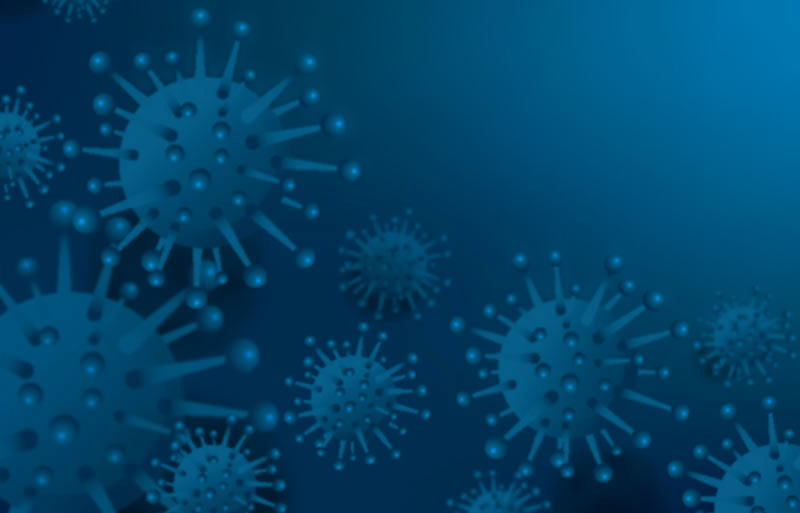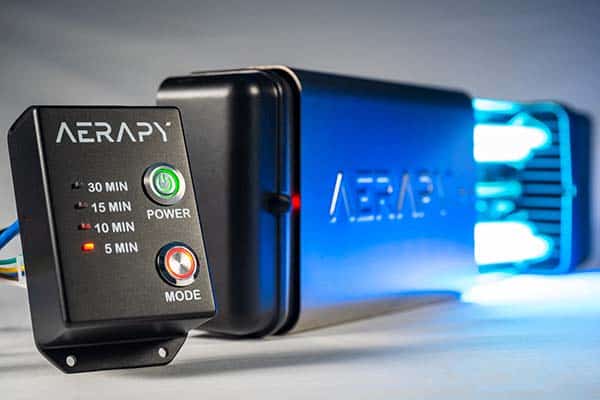UV Disinfection: The Cutting-Edge Innovation Changing Cleanliness Practices
In the world of hygiene methods, one innovation has actually emerged as a game-changer: UV disinfection. From medical care setups to food processing, UV disinfection is making its mark in various sectors.
How UV Sanitation Works
UV sanitation works by making use of ultraviolet light to ruin or inactivate bacteria, supplying a highly effective and chemical-free technique of sanitation. This innovation harnesses the power of short-wavelength UV-C light, which is capable of harming the DNA and RNA of microorganisms, hence rendering them incapable to trigger and reproduce damage.
The process starts with the setup of UV disinfection systems, which contain UV lights that send out UV-C light. These lights are purposefully positioned in locations where microbial contamination is an issue, such as water treatment plants, health centers, laboratories, and food handling centers.
When microbes are subjected to UV-C light, the photons permeate their cell wall surfaces and get to the DNA and RNA inside. The high-energy UV-C photons interrupt the hereditary material by developing bonds in between nearby nucleotides, leading to the development of thymine dimers. These dimers stop the microbes from replicating, making them safe.
UV sanitation is very reliable against a wide variety of microorganisms, consisting of germs, infections, and parasites. It is specifically reliable against waterborne microorganisms like E. coli, Giardia, and Cryptosporidium. UV sanitation is a chemical-free approach, removing the demand for potentially damaging disinfectants and lowering the threat of unsafe sanitation spin-offs.
Benefits of UV Disinfection
UV disinfection offers numerous benefits in the area of sanitation, making it a highly liked technique for efficiently eliminating hazardous microorganisms. Among the crucial benefits of UV disinfection is its capacity to supply a chemical-free option. Unlike standard disinfection methods that depend on chemicals, UV sanitation makes use of ultraviolet light to damage the DNA of microbes, rendering them unable to reproduce and cause infections. This not just gets rid of the need for possibly damaging chemicals but also reduces the threat of chemical deposit on surfaces.

UV disinfection is additionally very flexible in its applications. It can be utilized in various setups, consisting of healthcare facilities, schools, food processing centers, and water therapy plants. UV sanitation systems can be conveniently integrated into existing cleanliness techniques, providing an additional layer of security versus transmittable illness.
In enhancement to its effectiveness and convenience, UV sanitation is likewise ecologically friendly. It does not produce any damaging by-products or residues, making it a safe and sustainable approach for sanitation - uv surface disinfection. UV disinfection requires marginal upkeep and has a long lifespan, resulting in price financial savings in the long run.
UV Sanitation in Medical Care Setups
In healthcare settings, UV sanitation has actually become a revolutionary technique for properly removing dangerous bacteria. Using UV light to decontaminate surface areas and equipment has gained popularity due to its capacity to give an added layer of security against pathogens. UV sanitation functions by producing ultraviolet light at a specific wavelength that is lethal to germs, viruses, and other microbes. This innovation offers a number of benefits in healthcare setups.
To start with, UV disinfection is a non-chemical approach, making it an eco pleasant alternative compared to typical disinfection methods that commonly include making use of harsh chemicals. Using UV light gets rid of the need for chemical disinfectants, lowering the danger of damaging residue or chemical direct exposure to both clients and health care employees.
Furthermore, UV sanitation is extremely reliable in eliminating a vast array of microbes, consisting of drug-resistant bacteria such as MRSA and C. difficile. It offers a regular and trustworthy disinfection look what i found procedure, guaranteeing that all surfaces and tools are thoroughly decontaminated, also in hard-to-reach areas.

UV Sanitation in Food Processing
The application of UV sanitation expands beyond health care settings and locates considerable value in the world of food processing. uv surface disinfection. UV disinfection modern technology is becoming significantly preferred in the food sector as a result of its capacity to successfully get rid of unsafe microorganisms and enhance food security
One of the primary benefits of UV disinfection in food processing is its capacity to target a variety of microorganisms, consisting of germs, mold and mildews, and viruses. By utilizing UV light at particular wavelengths, it is feasible to interrupt the DNA and RNA of these pathogens, rendering them unable to replicate or trigger damage. This innovation can be put on different stages of the food handling chain, including surface disinfection, devices sterilization, and water treatment.
UV sanitation gives a chemical-free and non-thermal approach of disinfecting food items. Unlike standard disinfection methods that count on chemicals or warmth, UV technology does not leave any kind of deposit or alter the taste, structure, or dietary worth of the food. This makes it an ideal option for industries that require strict adherence to top quality criteria.
In addition, UV disinfection systems are easy to operate and mount, calling for very little upkeep. They can be incorporated into existing handling lines without triggering significant interruptions to the production procedure. Furthermore, UV systems have a quick treatment time, enabling continual handling and lowering downtime.
The Future of UV Disinfection

One area where UV sanitation is anticipated to make substantial developments is in the field of medical care. With the surge of antibiotic-resistant microorganisms and the need for a lot more reliable sanitation methods, UV light has the potential to play a crucial function in lowering healthcare-associated infections. UV sanitation systems can be made use of to decontaminate surface areas, tools, and even the air in medical care facilities, assisting to stop the spread of hazardous microorganisms and enhance person safety and security.
An additional sector that might profit from innovations in UV disinfection innovation is the food industry. UV light has currently verified to be a reliable technique for decontaminating food items and lowering the danger of foodborne health problems. As innovation improves, we can anticipate to see a lot more effective and economical UV sanitation additional hints systems being carried out in food handling plants, making sure that the food we take in is safe and without harmful microorganisms.
Final Thought
Finally, UV sanitation is an innovative innovation that is changing cleanliness practices in medical care settings and food handling. By utilizing UV light to kill or deactivate microbes, it provides numerous advantages such as effectiveness, effectiveness, and safety and security. With recurring improvements in this area, UV disinfection holds fantastic possible for the future of sanitation, offering a reliable and lasting remedy for preserving tidy and hygienic settings.
UV disinfection is a chemical-free method, removing the demand for possibly damaging disinfectants and decreasing the risk of unsafe sanitation spin-offs.
Unlike typical sanitation methods that rely on chemicals, UV disinfection utilizes ultraviolet light to ruin the DNA of microbes, providing them incapable to reproduce and cause infections. Unlike conventional disinfection techniques that depend on chemicals or warm, UV modern technology does not leave any type of residue or change the taste, structure, or nutritional value of the food. As innovation enhances, we can expect to see much more cost-efficient and reliable UV sanitation systems being carried out in food handling plants, making sure that the food we take in is risk-free and complimentary from dangerous microorganisms.
In final thought, UV disinfection is an innovative innovation that is transforming sanitation practices in healthcare setups and food handling.
Comments on “Transforming Sanitation Standards: The Role of UV Surface Disinfection in Health and Safety”